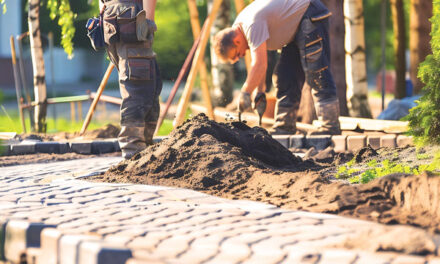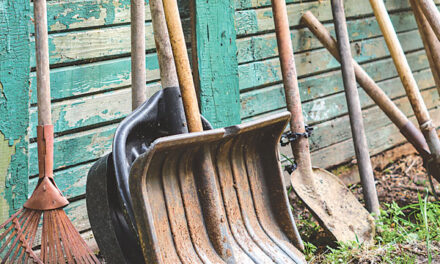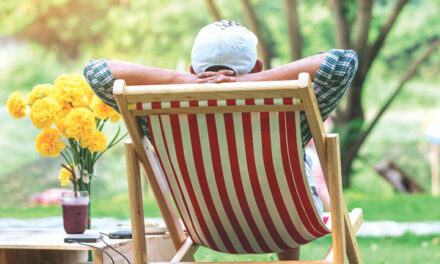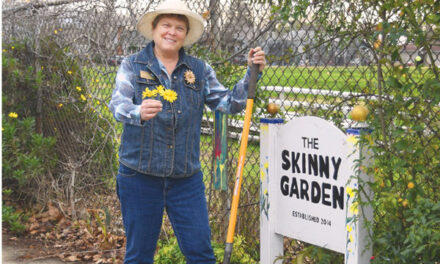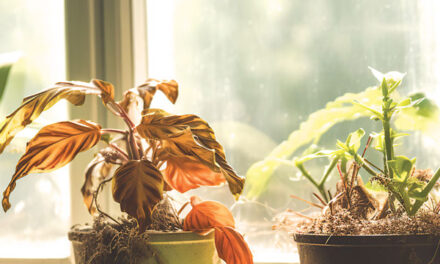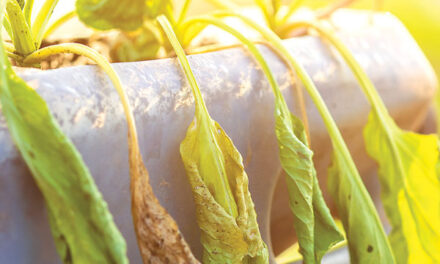Psst. Want to know a secret? Snuggled between J Street and a parking garage is the University Arboretum and Botanic Garden. Yup, a petite parcel of trees, shrubs and herbaceous perennials on the Sacramento State campus.
Easy to miss, the arboretum is a surprisingly tranquil retreat from modern mayhem. The Sacramento Tree Foundation, which awarded the arboretum its “Legacy Award,” says schoolchildren call it the “Forest in the City.”
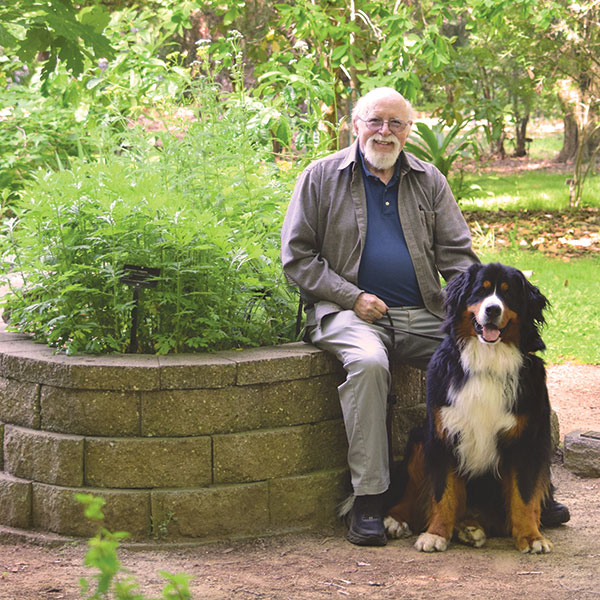
Beneath its leaf canopy is an urban forest, plant collections, a native California plant area and special sites such as Cretaceous Circle, where the focus is on flora from the age of dinosaurs. How fun to stand in the circle and imagine a Triceratops thrashing through the Chilean guava!
About 1,300 plant species from temperate climates grow on the 3.5 acres. More than 100 trees and shrubs are native to places where habitat has been largely destroyed, says Michael Baad, arboretum director and emeritus professor of biological sciences. A few plants are labeled “extinct in the wild” or “critically endangered.”
While not endangered, the arboretum welcomes volunteers and donations. Baad says the university performs the heavy lifting of watering, mowing and pruning, but funds are mostly depleted. The arboretum would benefit from donations for educational supplies and plant acquisitions. Baad hopes a Friends of the University Arboretum volunteer group can evolve.
“We need to merge more completely with our educational and gardening communities and explore botanical studies more broadly and to greater depth,” he says.
Hobbling about the pathways with the aid of a cane, Baad was clearly in discomfort after recent surgery. But rather than sit and chat, he insisted on accompanying me. He is enthusiastic about his plants and emotionally attached to the arboretum after decades of involvement. Fifty-three years of involvement, to be exact.
“My goal, since I have begun building botanical diversity, is to maximize the number of different plant species from different parts of the world that will survive in Sacramento,” Baad says. “I am constantly amazed at the aesthetic appeal, the patterns of stratification, the fall colors blending from across Eurasia, South Africa and Australia.”
Ideally, a campaign to maintain and improve the arboretum would jump-start completion of a public meeting space, an open-air classroom and improved public outreach. New visitors could be attracted with lighting, restrooms, plumbing, potable water and other improvements, including additional plants.
Baad envisions these improvements as the vehicle to “spread the gospel of our natural world” to people of all ages.
“Effective pursuits of strategies for combating climate change can be effectively articulated with our arboretum as a stage,” he says.
Before the arboretum and garden, which germinated in 1959, the land supported hops and pear orchards. Flooding of the American River enriched the soil.
Today, visitors and students scurry to class among 33 species of pine, 29 fir, 13 spruce and three dozen other tree species. Areas of the world represented include Mexico, Eastern Asia, South Africa, Central and South America, Northern and Central Europe, Western Asia and the Mediterranean, Australia and New Zealand, and California and North America.
Wollemia nobilis resides in Cretaceous Circle. The rare evergreen tree was considered extinct until 1994, when it was discovered in a remote area of Australia. To ensure its survival, the tree was propagated and offered to some arboretums. Baad purchased three.
“The arboretum is quite diverse for its size, but more can be done to fully highlight the uniqueness of our collection and go beyond our rather extensive collection of existing labels,” he says.
The University Arboretum and Botanic Garden is open 24 hours daily. To donate time or money, or become involved in Friends of the University Arboretum, email Baad at mbaad@csus.edu and call (916) 224-9884. Correspondence can be sent to University Arboretum, Department of Biological Sciences, California State University, Sacramento, 6000 J St., Sacramento, California, 95819.
Dan Vierria is a University of California Extension Master Gardener for Sacramento County. He can be reached at masterg29@gmail.com. For answers to gardening questions, contact the UCCE Master Gardeners (916) 876-5338, email mgsacramento@ucanr.edu or visit sacmg.ucanr.edu. Follow us on Facebook, Twitter or Instagram: @insidesacramento.



